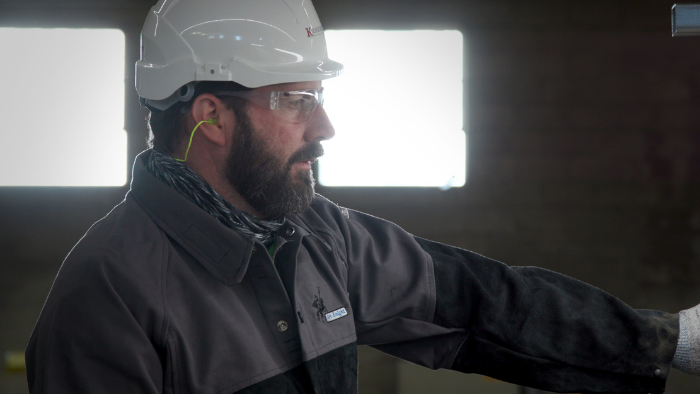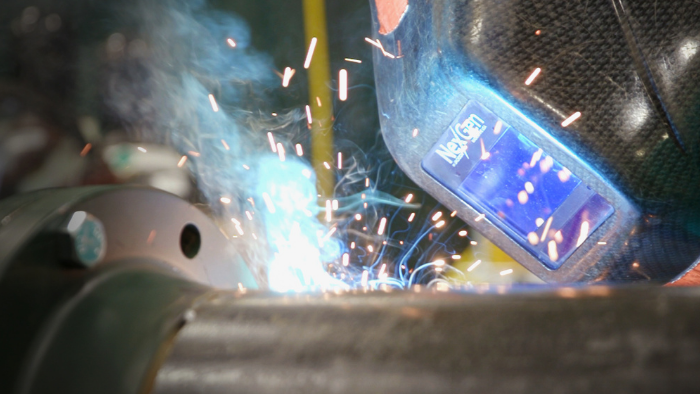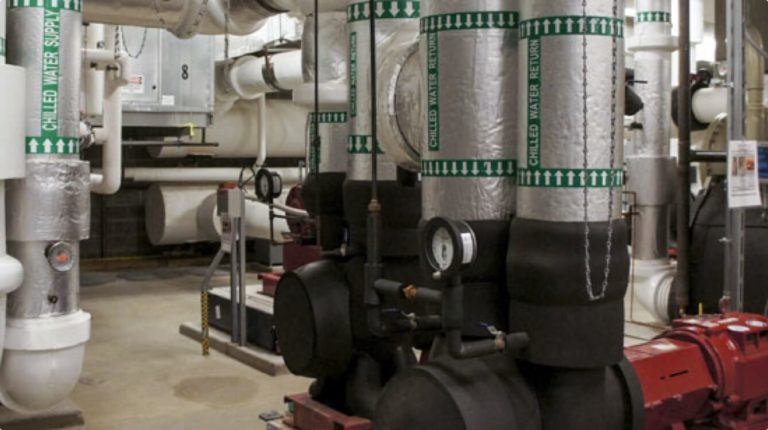Designing and Building Medical Facilities in Colorado
Designing and building hospitals are complex processes in modern society due to the confluence of technological medical developments, changing requirements of healthcare, and a general demand for sustainable architecture. However, the process can be further complicated when constructing medical facilities in locations like Colorado Springs where elevations are above average, weather conditions can be treacherous, local sustainability expectations are high, and resources in materials and labor may vary.

Working in Higher Elevations
According to the National Institute of Health, high-altitude environments like those in parts of Colorado may have adverse effects on the health of certain individuals. Effects are more frequently seen when people who live at lower altitudes travel or move to higher altitude areas as the shift in barometric pressure can reduce the amount of oxygen in their bodies, leading to a condition called hypobaric hypoxia. This condition can affect an individual’s muscle structure, mental functioning and body weight over time. Typically, most people seem to acclimate to the higher elevations over time.
Altitude effects could present challenges in the designing and building of hospitals in high-elevation areas such as Colorado if labor needs to be brought in from lower elevation areas.
And, of course, the medical center itself should be well equipped to address conditions like hypobaric hypoxia in future patients.
Dealing With Dangerous Weather
Throughout the country, inclement weather can be a significant risk in construction due to its unexpected nature and the difficulty of accurately predicting weather conditions. Poor decision making when it comes to dangerous weather can result in serious injury or death of construction workers, expensive damage to projects, and crushing legal consequences.
Advanced weather tools should be used on Colorado Springs construction sites to help monitor weather conditions on a continuous basis. Remote weather monitoring tools can provide critical data that can help mitigate risk and manage direct impacts on construction.
For example, since wind can be an especially dangerous weather element that can affect the performance of construction equipment and the placement of large materials, ,a small-scale weather station can be mounted to a tower crane to collect ongoing data about the wind conditions at a particular height. The data can not only increase the safety of construction employees but can also help justify project delays and avoid related penalties.
Meeting High Sustainability Expectations
As an industry, architecture has made significant strides in recent decades in terms of finding more sustainable materials and energy-efficient design solutions. Conventionally, hospitals have emitted roughly 4.4% of the greenhouse gases in the world and generate 5 tons of waste annually, leaving significant room for improvement.
In Colorado and other environmentally conscious states, design and build services must keep sustainability goals top of mind. For instance, some recent construction efforts in Colorado Springs have stepped up to the Living Building Challenge, a global effort that focuses on regenerative buildings.
Living up to local sustainability expectations can add another dimension to designing and building hospitals in locales such as Colorado.
Location-Specific Building Challenges
Every hospital construction project is expensive and complex, requiring a great deal of capital and planning to be successful. Although every project should begin with cooperation between the administrators of the future hospital and the contractor to lay out a solid strategy, some location-specific challenges may arise throughout the project.

Labor Shortages
The construction industry in Colorado has struggled with skilled labor shortages over the last several years. According to a survey conducted by the Associated General Contractors trade group, 90% of companies experienced trouble hiring skilled craft workers in 2019.
One way to address this challenge is to minimize labor-intensive building assemblies like stone masonry or brick work. Prefabricated products made of metal or composite panels are available on the market today and require less labor to install.
In addition, wearable technologies and virtual planning systems can streamline the building process, gaining efficiency and increasing productivity amongst a tighter labor pool. However, training employees to use newer, labor-saving technologies can present its own challenges.
High Healthcare Costs
According to a study by the New American Foundation in collaboration with Colorado-area universities and organizations, the state has the seventh-highest healthcare costs in the United States. For local citizens, it can be challenging (and expensive) to secure insurance and medical services, and businesses may struggle to identify and afford better ways to reduce healthcare expenses.
By designing and building “smart” hospitals, construction firms can contribute to the long-term goal of reduced healthcare costs. For example, system-wide efficiencies can be built into the design of a new medical center to improve the quality of care while driving down operating costs.
Prefabrication construction can improve a building’s performance while decreasing waste and material costs. Prefab assemblies can boost indoor air quality and contribute to modular flexibility in hospitals. For instance, materials like metal and composite panels make it possible to convert a surgical patient area into a labor and delivery area if the patients’ needs change over time.
By using computer-aided design (CAD) technologies, the hospital and construction teams can talk through and envision design ideas before actual construction begins. For example, hospitals have traditionally combined administrative, emergency, and patient services in one area. However, the most expensive part of a hospital to build is the inpatient and emergency areas, which require more stringent code and construction adherence.
By shifting administration to a less expensive building, hospitals can invest needed resources in emergency and inpatient areas. In addition, well-patient and outpatient services can be managed in a separate area. As some hospitals shift to telemedicine offerings, more patients may be able to receive care from home or in other non-hospital settings, shifting medical center services to provide advanced virtual services.
Conclusion
Design and build of hospitals is a challenging, complex project in all geographic locations. However, embarking on a healthcare construction project in areas such as Colorado Springs present unique challenges. Firms that can address local challenges related to high elevations, inclement weather, sustainability demands, and labor or cost issues will be heartily welcomed by organizations working to create state-of-the-art medical facilities in Colorado.


